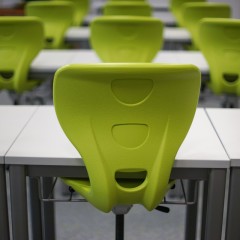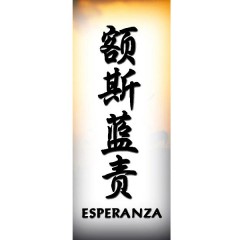I am no fan of standardized testing, so one of the greatest strengths of our teacher evaluation system in Washington state is that it empowers teachers to use classroom-based assessments (and data) to illustrate how they are fostering growth in students’ knowledge and skills. Closer to the kid always is the way to go, so using an assessment I designed or chose with my learners in mind will always (for me) trump using a corporate product, no matter how “standards aligned” it might claim to be.
One problem that I am seeing throughout my district and in other districts whose staff I support through WEA is that with all the many moving parts of teaching, student growth examination often ends of falling into the realm of “whatever is easiest to count.” Further, as I engage in deeper conversations with teachers who go this route, the whole student growth process becomes an exercise in compliance and thus a box to be checked.
When this occurs, we’re letting ourselves choose to waste our own time.
I have worked with teachers for several years now to design and implement student growth goals, and some patterns are starting to emerge:
What teachers are doing that works: Continue reading



 By Tom White
By Tom White




